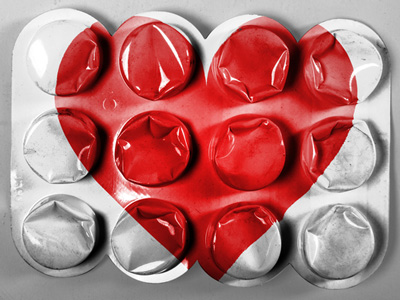FDA authorises Phase III IND for Celyad’s C-Cure and C-Cathez
Posted: 21 December 2015 | | No comments yet
The FDA has authorised Celyad’s IND application to proceed, thus allowing for the clinical testing of C-Cure cardiopioetic cells delivered via C-Cathez in a Phase III heart failure trial…


The US Food and Drug Administration (FDA) has authorised Celyad’s Investigational New Drug (IND) application to proceed, thus allowing for the clinical testing of C-Cure cardiopioetic cells delivered via C-Cathez, Celyad’s proprietary catheter, in a Phase III heart failure trial (CHART-2) in the US.


C-Cure, an autologous cell therapy based on the Company’s Cardiopoiesis technology platform. The Cardiopoiesis platform consists of mesenchymal cells engineered to improve their reparative capabilities for the treatment of congestive heart failure. CHART-2 is intended to assess, the efficacy of C-Cure as a treatment for heart failure of ischemic origin. CHART-2 is designed as a prospective, multi-centre, randomised, shamcontrolled, patient- and evaluator-blinded Phase III study comparing treatment with C-Cure to a sham treatment. The trial is aimed to recruit a minimum of 240 patients with chronic advanced symptomatic heart failure.
“Innovative value”
Dr Christian Homsy, Chief Executive Officer of Celyad, commented: “CHART-2 study using Celyad’s lead cardiology candidate (C-Cure cardiopoietic cells) delivered via our proprietary catheter (C-Cathez) will allow us to expand our Phase III clinical programme and allow US clinical sites and patients to participate in our trials. We also expect that our fully proprietary approach will give us an innovative value added proposition when it comes to the potential commercialisation of the treatment.”
Dr Warren Sherman, Chief Medical Officer of Celyad, added: “Celyad’s patient centric approach is served by providing potentially the best possible combination of C-Cure with C-Cathez for the treatment of ischemic heart failure. C-Cathez best in class catheter provides more than three times higher retention of viable cells one hour after the injection than other designs, and hence potentially optimizes the effect of C-Cure.”




